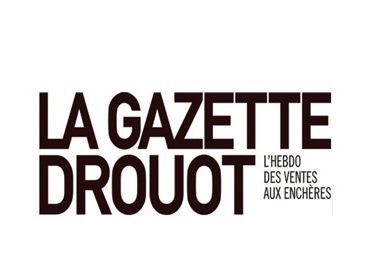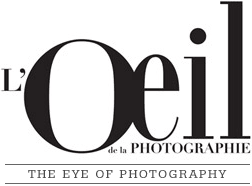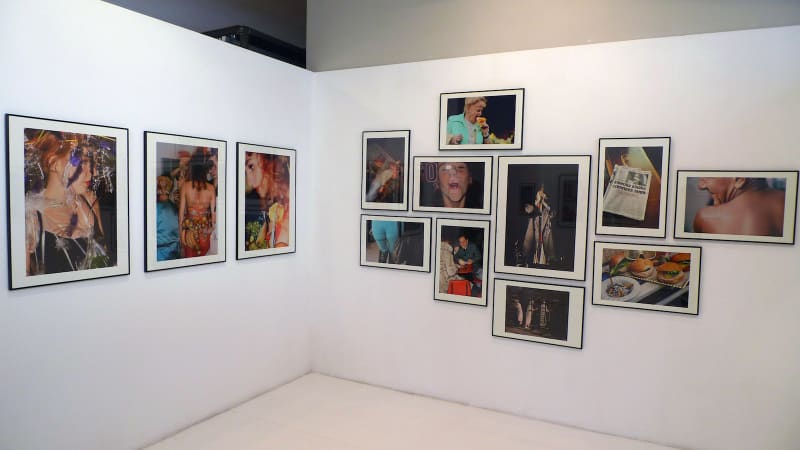Rodolf Hervé, On the Ground
Après avoir exposé ses Polaroids en 2008, nous avons le plaisir de présenter une deuxième exposition personnelle de Rodolf Hervé, regroupant des photographies prises à Budapest entre 1989 et 1994 ainsi qu’un montage de ses vidéos. Alors que la Hongrie s’engage dans des années de transition démocratique, une nouvelle sorte de culture « underground » se développe, documentée au jour le jour par l’artiste. Expositions, performances, festivals, concerts, Rodolf Hervé est au cœur des changements et nous propose des images emblématiques d’une période intense, d’entre-deux politique et de bouillonnement culturel, qui attire alors un grand nombre d’artistes étrangers. Ce dynamisme nous est restitué par les différents moyens qu’il utilisait, appareils photo, caméras, Polaroid, qui lui permettaient d’enregistrer au plus près, et au plus vite, le quotidien de ces années dont il était à la fois le témoin et l’acteur.
-

Rodolf Hervé On the Ground (1989-1994)
Ezra Nahmad, La Gazette Drouot This link opens in a new tab. -

Paris : On the Ground, de Rodolf Hervé, à Les Douches La Galerie
L'Oeil de la photographie This link opens in a new tab. -

Rodolf Hervé - Nuits fertiles
Fisheye This link opens in a new tab. -

Rodolf Hervé - On the ground
Télérama Sortir This link opens in a new tab.
-

Rodolf Hervé On the Ground
Expo Photo, 22 January 2015 This link opens in a new tab. -

Paris : On the Ground, de Rodolf Hervé, à Les Douches la Galerie
L'oeil de la photographie, 22 January 2015 This link opens in a new tab. -

Rodolf Hervé - On the ground (Galerie Les Douches)
Namasaya, 21 January 2015 This link opens in a new tab. -

Exposition : On the Ground par Rodolf Hervé
Actu Photo, 15 January 2015 This link opens in a new tab.
Rodolf Hervé spent the early 1990s living and working in Budapest where he felt he belonged, in a society that had lost its bearings after the fall of Communism and had to start from scratch. The future was completely unpredictable. What has happened since is unfortunately another story!
Rodolf Hervé had a habit of turning things upside down, but in Paris at that time, the world had become rigid and materialistic. It was in Budapest he felt the most free.
In all his pictures – maybe I should use the word “images” here, as in holy images, except that these would be unholy images – one gets a sense of partying, even though desperation is never far away. We should remind ourselves when viewing these pictures that they pre-date those of Martin Parr or Antoine d’Agata. The pictures seem to emerge rather than appear. They reveal a meteor unable to halt its journey. Even though Rodolf was particularly fond of Lautréamont, he reminds me of Rimbaud and I read every one of his pictures as if it were a poem. His work is never superficial; it is corrosive and passionate – as well as festive and funny. The subject matter is serious but not taken seriously. Rodolf Hervé knew where he came from and had a rich cultural background. He was a child of Auschwitz, a child of Communism, a child of art. But at the same time, Rodolf knew he was going nowhere and he was going there fast. Too fast. This incandescent outburst is what’s left of him.
Olivier Beer


